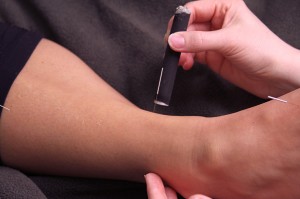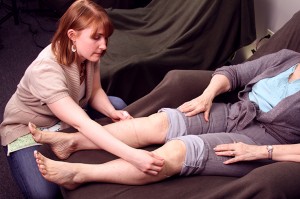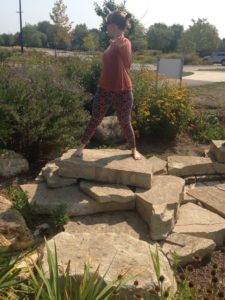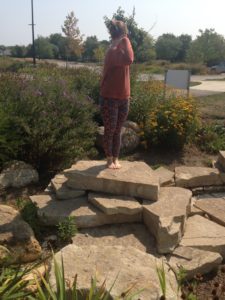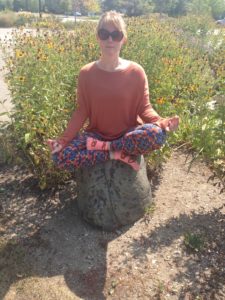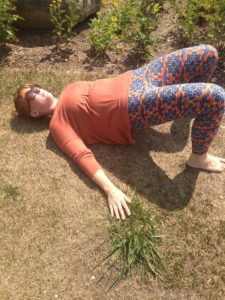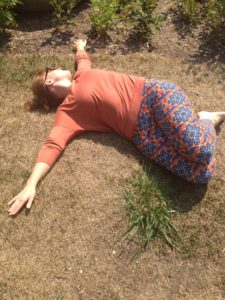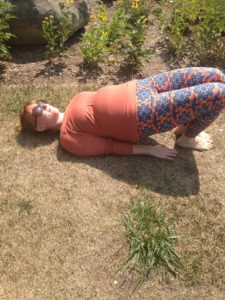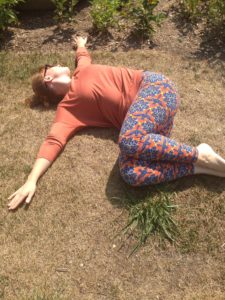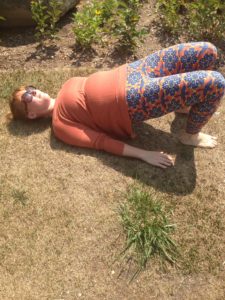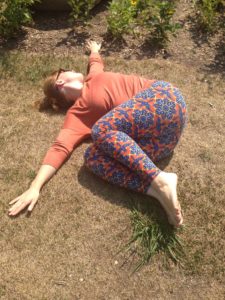It seemed only fitting to use the 2 most tonifying points for the spleen/stomach system this season: Sp6 and St36. As we explored in class there are a variety of ways to stimulate these points to strengthen our center whether it be through pressure from seeds, our fingers, the heat of moxa or acupuncture needles. Here are some benefits of these points and a reminder on how to find them.
SP6 SANYINJAO “3 yin intersection”
This acu-point is named 3 yin intersection because the 3 yin channels of the leg (liver, spleen, and kidney) converge on this point. Because of this meeting place all three of these organs are stimulated when this point is used. This point is used for a variety of ailments and is considered a primary point for digestive, gynaecological, sexual, urinary and emotional disorders. Sp6 is considered to be one of the most important points to harmonize and cool the blood as well as to invigorate circulation. This point is contraindicated during pregnancy due to its ability to assist the body with labor both by encouraging efficient contractions and reducing the pain of said contractions.
To find this point rest your pinky on the highest point of the body protruburance on the inside of the ankle, find the tender spot where your index finger rests in the depression close to the tibia bone.
ST37 ZUSANLI “leg 3 miles”
This acu-point is named leg 3 miles because soldier would burn moxa over it to give them endurance to march 3 more miles. St36 is also the command point of the abdomen and so it is useful for anything relating to the stomach and digestion. Qin Cheng-zu of the song dynasty went a step further and said that with this point “all diseases can be treated.” This point is the most important point to stimulate the spleen and stomach to build qi and blood. St36 also works to harmonize the stomach, tonify the spleen, nourish blood and yin, clear fire, calm the spirit and resolve dampness.
You can find this point by placing your 4 fingers under the knee cap and then pressing in one finger breadth lateral to the tibia.
If using acupressure gently press into these points for 1-3 minutes on each side. If applying moxa hold the moxa stick above the point until you feel the warmth of the moxa on your skin. Use a pecking motion so the skin does not become too hot. When the point feels warm appx 5-10 minutes change sides. This is a great practice at the change of the seasons to keep the body strong.
When doing moxa make sure to be in an open or well ventilated space. The stick may be reused if stamped out without water after use. Store only after it has cooled and is no longer smoking.
Never do moxa without the guidance of a trained and licensed acupuncturist.
While acupressure is powerful it is important to make sure you are working with a licensed and trained medicine professional and is not a replacement for medical care.
